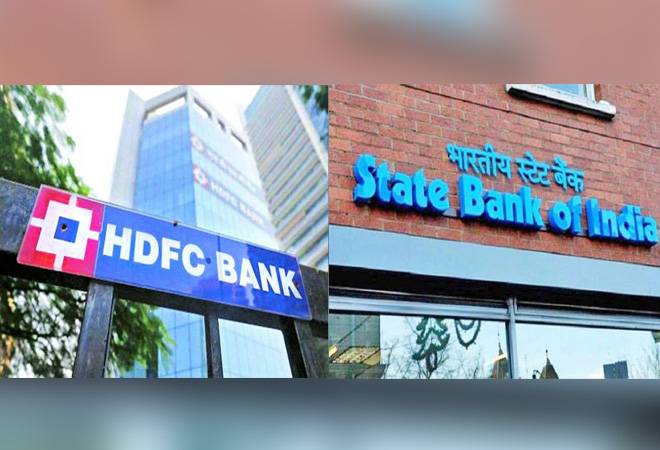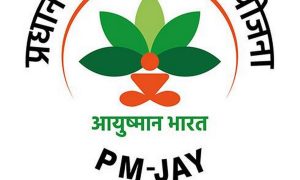If you are betting on economic recovery, what better than the two most coveted financial franchises in the country?
The COVID-19 pandemic had brought the whole world to a standstill and crumbled economies. While the financial markets recovered sharply because of monetary easing across the world, the wheels of the world economies have only started moving now, after a prolonged period of painful pandemic. Back home, the baking sector has been in the dumps for a long spell owning to bad loans. Finally, the credit costs cycle seems to be reversing and the economy is likely to step on to a higher growth trajectory. Here are the best proxies for economic growth, and the best part, these stocks still trade below their historic averages in terms of earnings multiples.
State Bank of India (SBI)
If you believe in India, you cannot ignore SBI. The country’s biggest state-owned commercial bank is undeniably also the best in terms of asset quality, capitalisation and underwriting capabilities. After a troublesome few years, the asset quality issues are finally behind corporate banks and SBI being the biggest of all should be a beneficiary going forward.
The growth in credit off-take has been muted thus far and is expected to gain momentum in the coming year. This augurs well for the bank and should help the net interest income and profitability to improve significantly going forward. SBI also gets a big relief from the risks associated with Vodafone-Idea debt after the recent judgment on the case. This will ease the one-time provisioning for the bank, even as there could be potential write-backs going forward. SBI has a high coverage ratio of 70 percent, Tier 1 capital of more than 10 percent and restructured book of 0.8 percent. Credit costs are expected to normalise in the near term. Core operating profit should also improve.
Motilal Oswal is positive about the bank. “We estimate Pre Provisioning Operating Profit (PPoP) at 14 percent CAGR over FY21-23E v/s 6 percent CAGR (FY18-21), enabling SBI to achieve 15 percent RoE by FY23E,” it said.
Apart from SBI itself, it has hidden potential in its valuable subsidiaries like SBI Mutual Fund, SBI Life Insurance, SBI General Insurance and SBI Cards. All have displayed robust performances and turned market leaders in their respective segments.
The contribution of subsidiaries to Sum of Total Parts (SoTP) has increased significantly. As per the report from Motilal Oswal, the subsidiaries now contribute 32 percent to SoTP (42 percent on the CMP). “We expect the robust performances from subsidiaries to continue and add value to overall SoTP. Value unlocking from SBI MF and SBI General Insurance could result in further gains,” it said. The bank’s UNO app is also attracting huge valuations and can be a huge growth engine for the bank in coming future.
As per its report, the brokerage estimated the total value of subsidiaries (post holding discount) at Rs 1,69,800 crore. The total value per share from all the subsidiaries comes at Rs 190 per share, based on which the brokerage expects a target price of Rs 600 for the bank.
HDFC Ltd
The largest mortgage lender stands to benefit the most from the growth witnessed in the realty sector where inventory levels are now at the lowest levels and a slew of new projects are being announced both in the metro and non-metro cities.
The company is seeing credit growth in both the affordable housing as well as in mid to high-end segments. There is a strong growth in individual approvals as well as disbursements which is expected to continue in the near-medium term. With the revival of the economy, this will get only better.
The collection efficiency of the bank is at a high of 98 percent, gross NPAs are 2 percent of the total portfolio which is lowest in the industry and decline is witnessed in both individual and non-individual gross NPAs. Assets under Management have been growing over the past few quarters and provisions as a percentage of exposure at default (EAD) stands at 2.56 percent, strong subsidiaries also add strength to the company. (EAD is the predicted amount of loss a bank may be exposed to when a debtor defaults on a loan.)
CLSA expects 15-16 percent growth in Net interest income (NII) / Pre Provisioning Operating Profit over FY21-24 compared to 8 percent over FY15-20. Jefferies suggests high buffer provisions of 1.3 percent will help bring down credit costs.





































